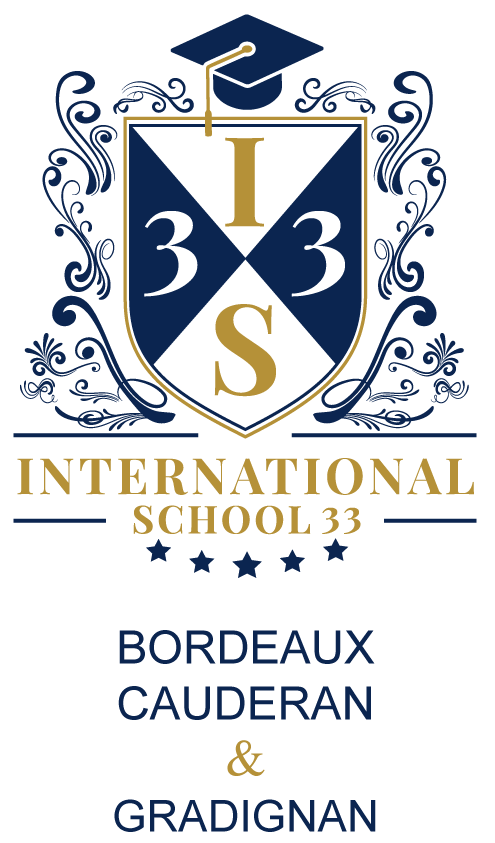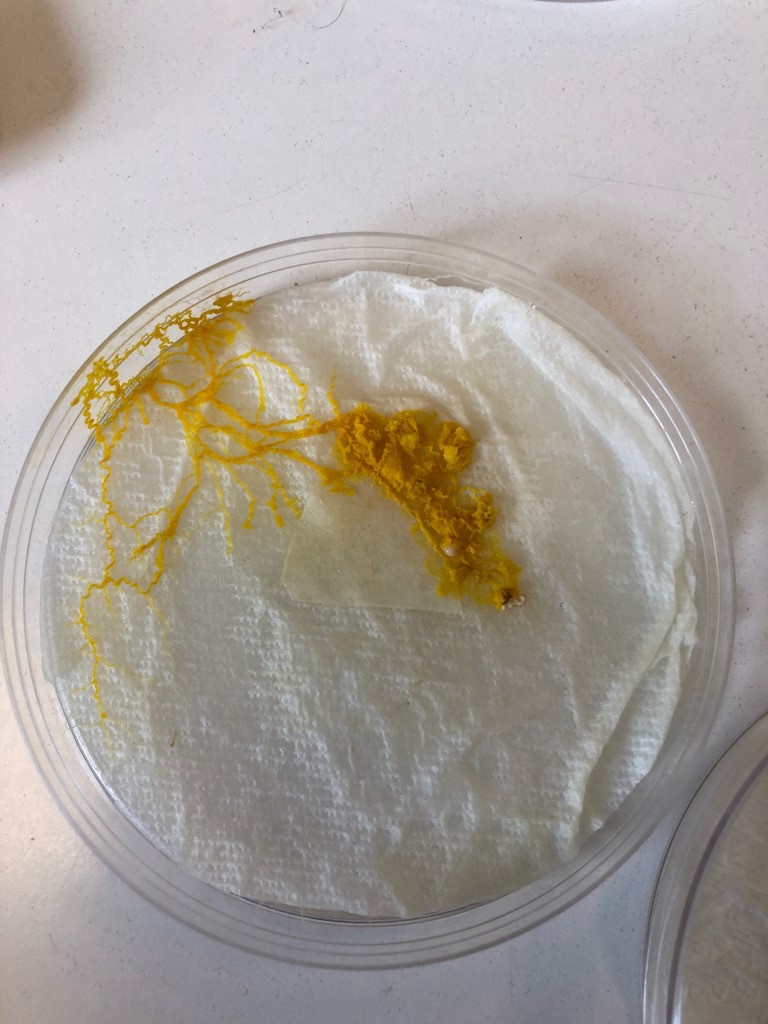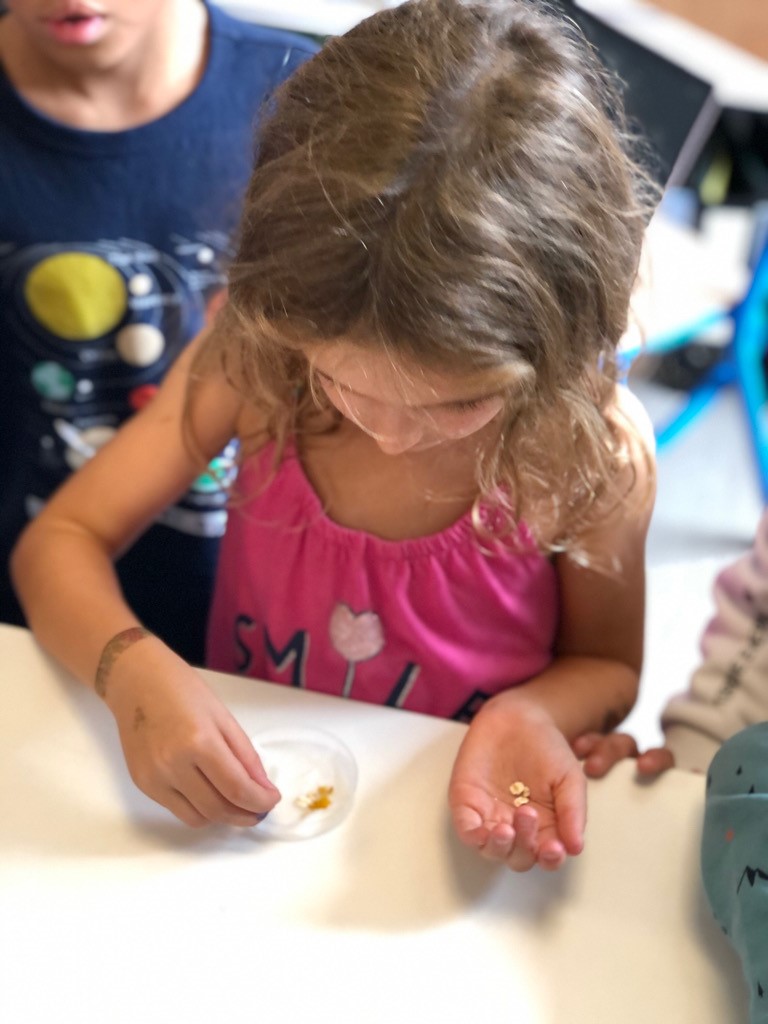At Montessori International Bordeaux, hands-on experiments and projects are one of our favorite ways to teach science. Our international school is one of the 4,500 schools, middle schools and high schools selected to participate in the educational experience #ElèveTonBlob, one of the 12 experiments of the French contribution CNES to the Alpha mission of Thomas Pesquet, French astronaut currently on the International Space Station.
Our students will carry out experiments with a creature called a “blob”. The same experiments will be carried out on the international space station by astronaut Thomas Pesquet!
#élèvetonblob

Yellow, slimy and social, the blob is neither an animal nor a plant. It entered the Paris Zoological Park in 2019 and is a giant cell with several nuclei, “always capable of surprising us” with its “crazy” plasticity and behavioral complexity, explains biologist Audrey Dussutour, CNRS research director at Animal Cognition Research Center 2. Without a brain, it can still learn and assess risks. It is also known for its regenerative capacities: “It ages like all organisms, but it falls asleep, even for years, it wakes up with a new youth! “, explains the specialist, one of the few scientists in France to study the behavior of the blob, since 2008.
The first European to fly on the Crew Dragon vehicle of the American company SpaceX, Thomas Pesquet will therefore take with him four blobs installed by Audrey Dussutour in a “Blob Box” developed by Jean-Loup Cartier (technical director at COMAT Aerospace), to carry out the same experiences during his Alpha mission scheduled from April to October. This is the Blob-ISS project. (source : www.cnrs.fr)

We therefore received an envelope at the beginning of September, containing sclerotia of Physarum polycephalum; which allowed us to perform the experiment, a 4-step experiment: awakening, raising, experimenting and putting the blob back to sleep. To wake them up, the students moistened and fed them in petri dishes before observing them for two months.
Each student fed the blob to observe its rapid growth. Then, they found that by taking a piece of the blob and placing it in a new petri dish, this fragment was able to double in size very quickly. They concluded that this fungus thrives in a humid and dark environment.
And they quickly made the following connection: we can easily find a sclerotia, because indeed, each of us has already seen one once during a walk in the forest: they come to life on trees or fallen branches, soil (yellow fungus).
It was an incredible experiment that we will continue to work on during the year. We will also try to find a blob in nature and breed it in petris.
We would like to thank the CNES for allowing us to participate in this great experiment. Our students are delighted and so passionate about the project!





